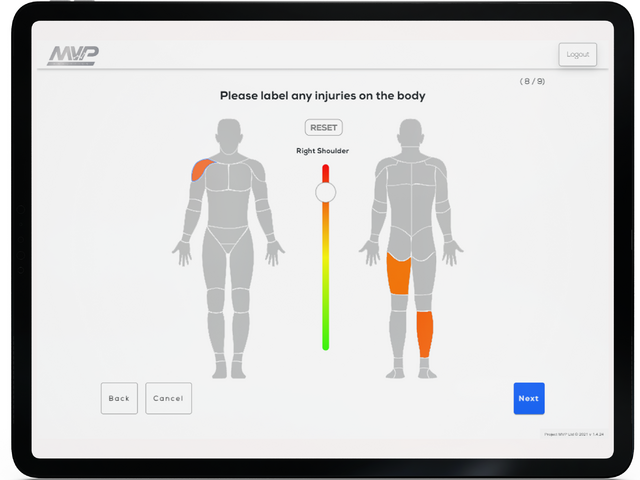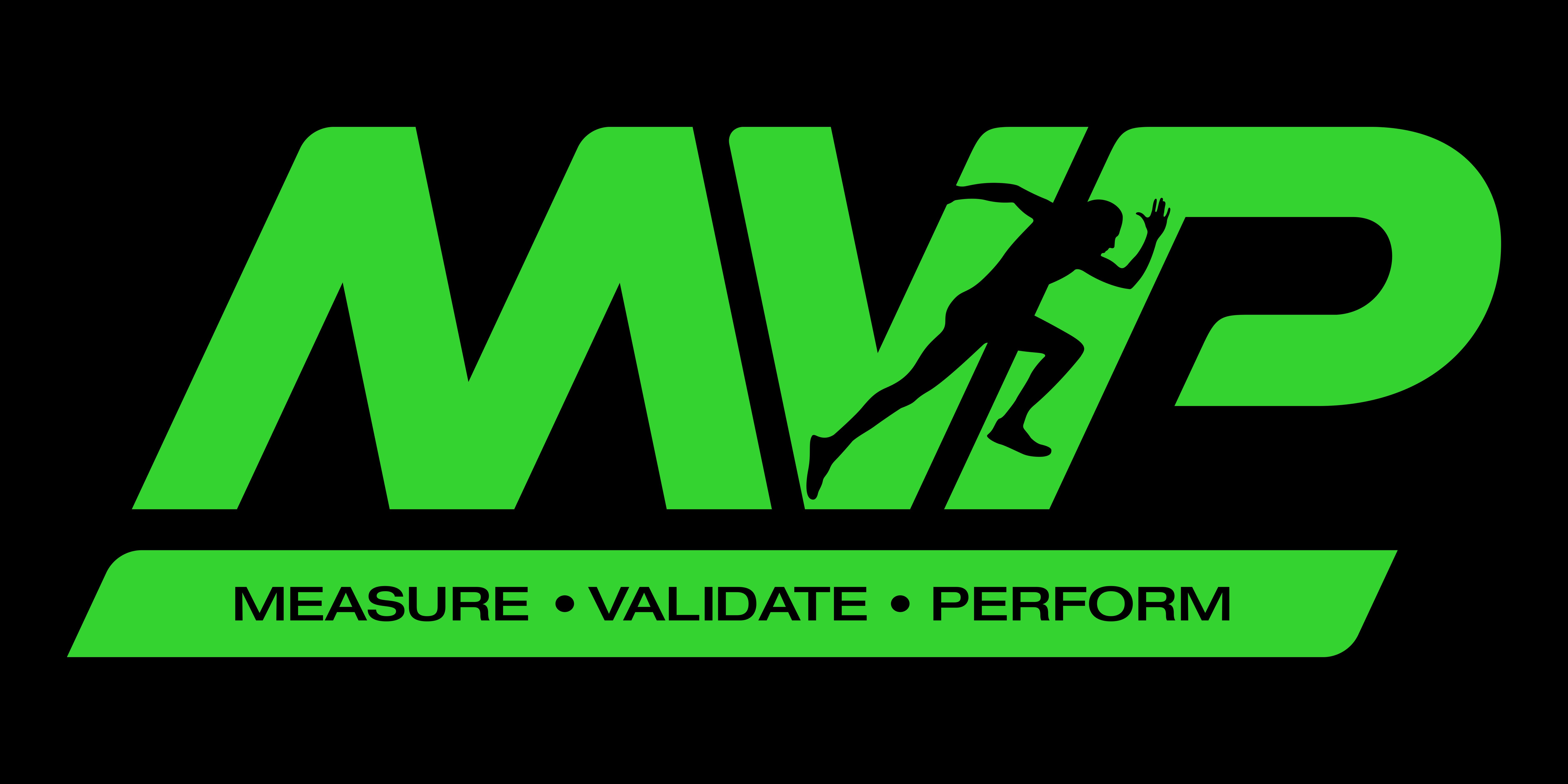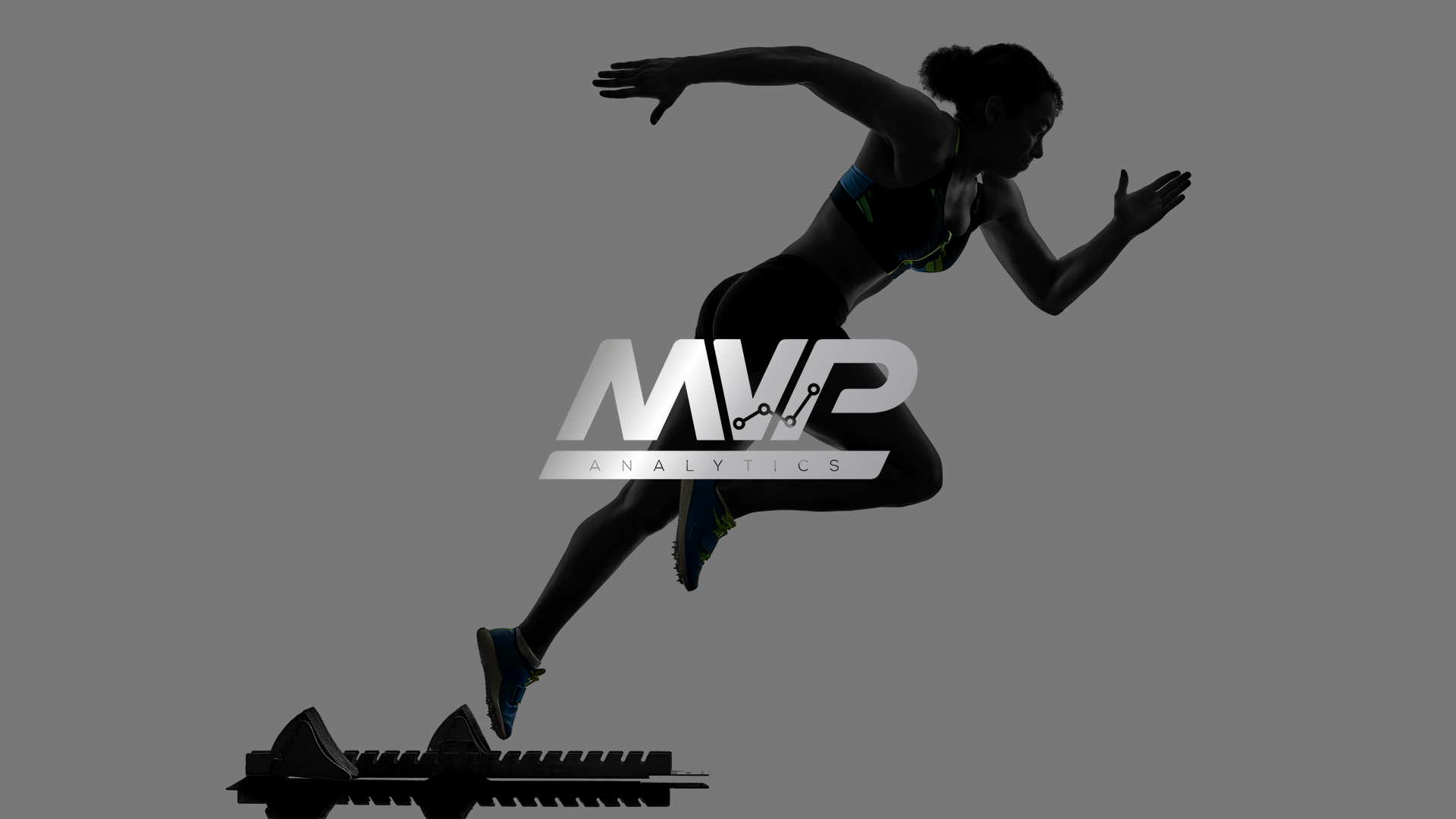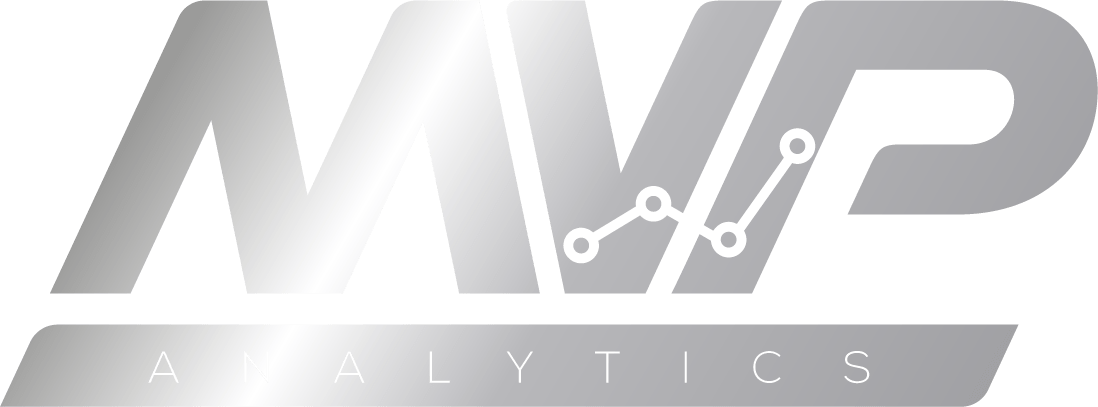The Significance of Movement Screens in Pro Sports: Recorded Tests
Running movement screens have become integral in professional sports, offering a comprehensive assessment of an athlete's biomechanics, gait patterns, and injury risks. These tests provide valuable insights into an athlete's movement efficiency and potential vulnerabilities, aiding in injury prevention and performance optimization. However, beyond the initial assessment, the practice of recording these tests and using them as reference points yields significant long-term benefits in athlete management and development.
Importance of Running Movement Screens
Running movement screens involve detailed evaluations of an athlete's running mechanics, identifying asymmetries, imbalances, and deficiencies in movement patterns. These screenings help uncover underlying issues that could lead to injuries or hinder optimal performance. By analyzing an athlete's gait, stride, and posture, sports scientists and coaches gain a comprehensive understanding of an athlete's movement quality.
Benefits of Recording and Referencing Tests
Recording running movement screens and preserving them for future reference offer a multitude of advantages:
- Progress Tracking: By archiving running movement screens, organizations can track an athlete's progress over time. Regular screenings enable comparisons, revealing improvements or regressions in movement patterns, allowing for targeted interventions and adjustments in training programs.
- Injury Prevention and Management: Referencing past movement screens aids in identifying subtle changes in an athlete's biomechanics that might signal potential injury risks. Early detection through comparative analysis allows for proactive injury prevention strategies, such as targeted exercises or modifications in training loads.
- Individualized Training Programs: Recorded tests serve as a baseline for designing individualized training programs. They help tailor corrective exercises and movement interventions specific to an athlete's needs, addressing weaknesses or imbalances highlighted in previous screenings.
- Performance Optimization: Continuously referencing movement screens assists in fine-tuning an athlete's running mechanics. Coaches can make informed adjustments to enhance efficiency, speed, and endurance based on historical data, contributing to overall performance gains.
- Decision-making Support: In situations where an athlete experiences a change in performance or injury, historical movement screens provide valuable reference points. These recordings aid sports scientists and medical staff in diagnosing issues and devising appropriate recovery or rehabilitation strategies.
.png?width=640&height=386&name=Movement%20Screening%20(a).png)
Conclusion
Running movement screens play a pivotal role in understanding an athlete's movement mechanics and injury risks. However, the true value lies not only in the initial assessment but in the continual recording and referencing of these tests. Archived movement screens act as a roadmap for optimizing an athlete's performance and mitigating injury risks by providing insights into their movement patterns over time. Leveraging this historical data empowers sports scientists and coaches to make informed decisions, personalize training programs, and ensure the long-term health and success of their athletes in professional sports.
Thanks for taking the time to read our blog, was this information useful?
Do you have any suggestions for future blogs?
Would you like to discuss our software and performance testing days?
If the answer to any of the above questions is yes, please contact Matthew Clement at matthew@projectmvp.co.uk
#RunningAnalysis #Biomechanics #AthletePerformance #InjuryPrevention #MovementScreening #SportsScience #AthleteDevelopment #PerformanceOptimization





